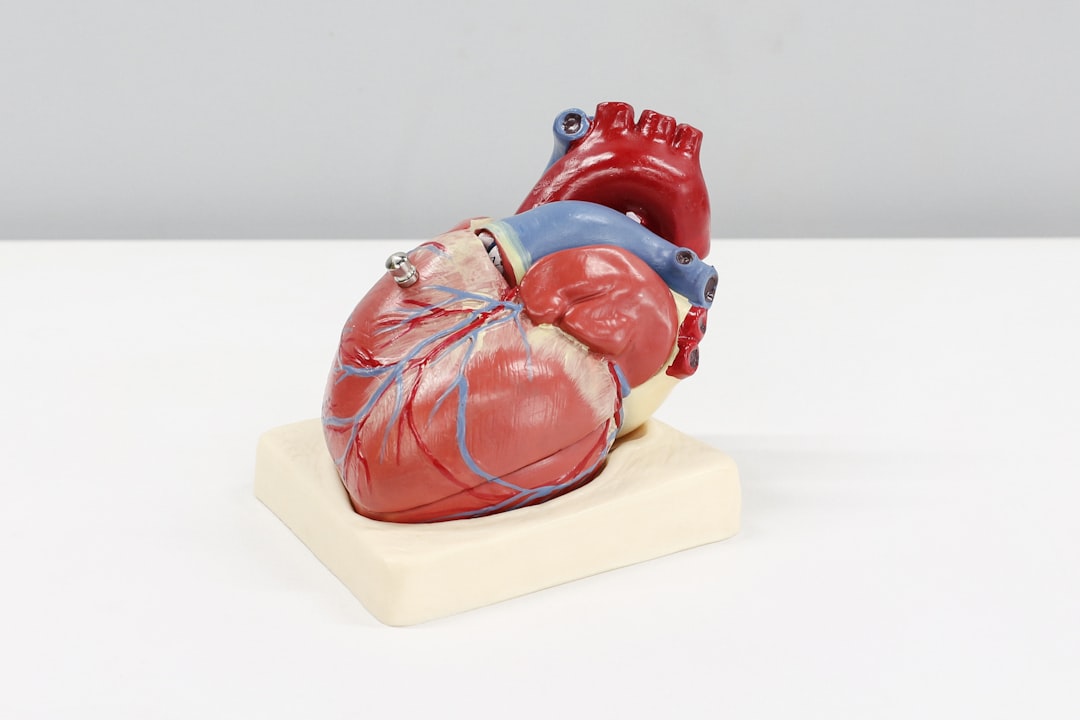What is it about?
Microscopic droplets (aerosols) that are formed and emitted during respiratory activities like breathing, talking, coughing and sneezing are playing a fundamental role in the airborne transmission of several respiratory diseases, such as COVID-19. Many respiratory viruses replicate within the upper airways, yet there is a lack of information on how aerosols are produced in the larynx during speech. We used a model of the human vocal folds to investigate for the first time the breakup of respiratory mucus during sustained phonation. The results show how different parameters (exhaled airflow, amplitude and frequency of the vocal fold oscillation) affect the size distribution of the aerosol particles. Moreover, we were able to unravel details of the aerosol generation mechanisms at the vocal folds that have not been reported until now.
Featured Image

Photo by Dmitriy Ermakov on Unsplash
Why is it important?
Our pioneering study lays the groundwork for future research on aerosol production via speech. We showed that phonation produces aerosol particles of critical size for the transmission of respiratory infections. Identifying influence parameters, such as speech volume and pitch, and their effect on the sizes and quantity of the produced mucus droplets is the basis for finding ways to reduce the risk of spreading diseases. Further studies might also show how the properties of respiratory mucus can be specifically influenced, for example, through targeted drug administration to infected persons, to lower the risk of infection for contact persons and break infection chains.
Read the Original
This page is a summary of: Toward unraveling the mechanisms of aerosol generation during phonation, Physics of Fluids, December 2022, American Institute of Physics,
DOI: 10.1063/5.0124944.
You can read the full text:
Contributors
The following have contributed to this page










